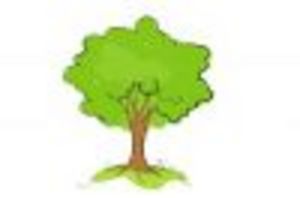Do you ever wonder what goes on in every printed material that gets to your hands? It could be a colored flyer, a brochure, or a catalog. Whatever it is, it has gone through a machine called a commercial printer, also known as the offset printer.
While the offset printer can be one-color or two-color, many commercial printing companies all over the world have shifted to the use of four-color machines because of their efficiency and quick turn out of finished products. This machine may be expensive to purchase at the onset but the savings that it will bring in terms of manpower as well as the income it gives because of the number of printing days have been cut into four has made it all worth it. So basically, commercial printing may be summed up into three areas-the prepress, the printing, and then the finishing.
The prepress may start from the front office when the sales executive closes a printing deal with a client. Sales will receive all materials and turn them over to the prepress technician or layout artist or the proofreader, depending on the setup. The technician will check if the materials are ready for printing or if corrections will have to be made. If the corrections are minor, they can do it themselves but if not, the material may have to be returned to the client. In some cases, there are printing presses that offer the service of layout and design. Therefore, the materials given to them are raw, such as photos and text. Then the full-time layout artist handles the layout. Sometimes, the client and the layout artist will even be the ones who will conceptualize the outcome of the material.
The proofreader will just counter check if all the elements are there. After the client approved the artwork, it is then passed on to the printing department. The printing department will receive the materials for processing. The materials should come with a job order that depending on the operations of the printer will be issued by the sales executive handling the account or the proofread. The JO will contain the printing instructions such as number of copies, paper to be used, up to the due date that the client is expecting the finished materials. The JO will also contain the finishing requirements. After the printing, the JO will also be passed on to the finishing department. The printing operator will prepare the films, the plates, the paper, and the ink. He will be the one who will load everything in the printer so that the artwork will translate into the number of copies specified by the client.
When the printing is done, the materials will be turned over to the finishing department who will apply all the necessary finishing to the project, such as trimming, folding, laminating, die cutting, and whatever it is that the client required. They will also be responsible for the packing of the finished products for delivery. Sometimes, the printing press also has a driver who handles the delivery of the materials to local clients. A commercial printer often follows this systematic process. But of course, as with any other business, the system varies between commercial printing companies because of the size of their operations.
Kaye Z. Marks is an avid writer and follower of the developments in commercial printing technologies by commercial printers that help businesses in their marketing and advertising campaigns.


